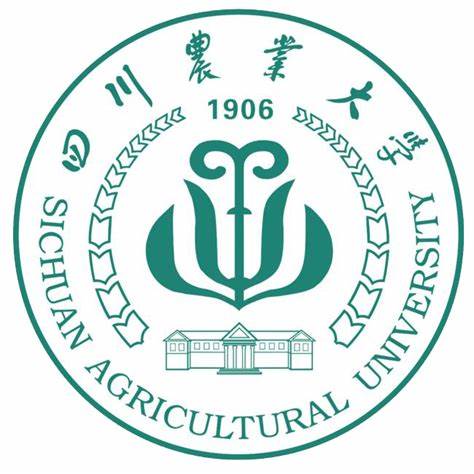Distant Hybridization: A tool for interspecific manipulation of chromosomes
作者: 审稿人: 时间: 2014-10-30 点击次数:次
Dengcai Liu, Huaigang Zhang, Lianquan Zhang, Zhongwei Yuan, Ming Hao, Youliang Zheng, 2014.
Chapter 2 Distant Hybridization: A Tool for Interspecific Manipulation of Chromosomes.
In Aditya Pratap and Jitendra Kumar eds., Alien Gene Transfer in Crop Plants, Volume 1 Innovations, Methodsand Risk Assessment, DOI 10.1007/978-1-4614-8585-8_2. (Chapter 2, pp. 25-42). Springer New York, 2014.
Abstract
Wide or distant hybridization has been widely used as an important tool of chromosome manipulation for crop improvement. The chromosome behaviors in F1 hybrids provide us with the essential genetic basis for chromosome manipulation. The induction of homoeologous pairing in F 1 hybrid plants followed by the incorporation of a single-chromosome fragment from an alien or a wild species into an existing crop species by translocating chromosomes has been used in the production of translocation lines. Most efforts to transfer a benefi cial trait from wild plants into crops so far have bridged the species gap via alien chromosome translocation lines. Chromosome doubling in somatic cells or gametes of F 1 hybrids followed by the incorporation of all alien chromosomes has been used in the production of amphidiploids. Amphidiploidy can be used for a bridge to move a single chromosome from one species to another or for the development of new crops. Chromosome elimination of a uniparental genome during the development of F 1 hybrid embryos has been used in the production of haploids. Haploids are very useful in double-haploid breeding of a true-breeding crop such as wheat and rice since this method can quickly replace genetic recombination while enhancing breeding efficiency or facilitating genetic analysis.


